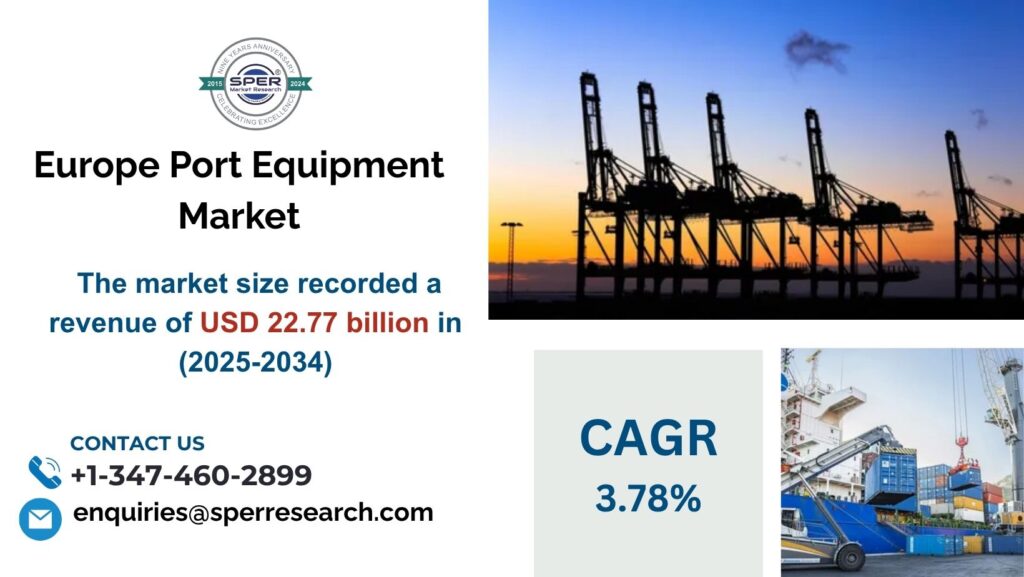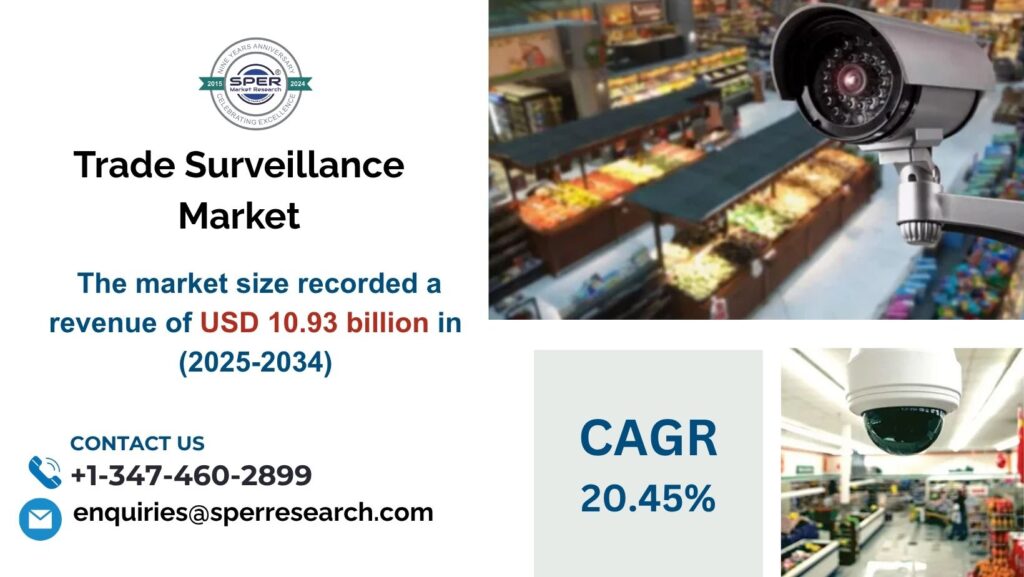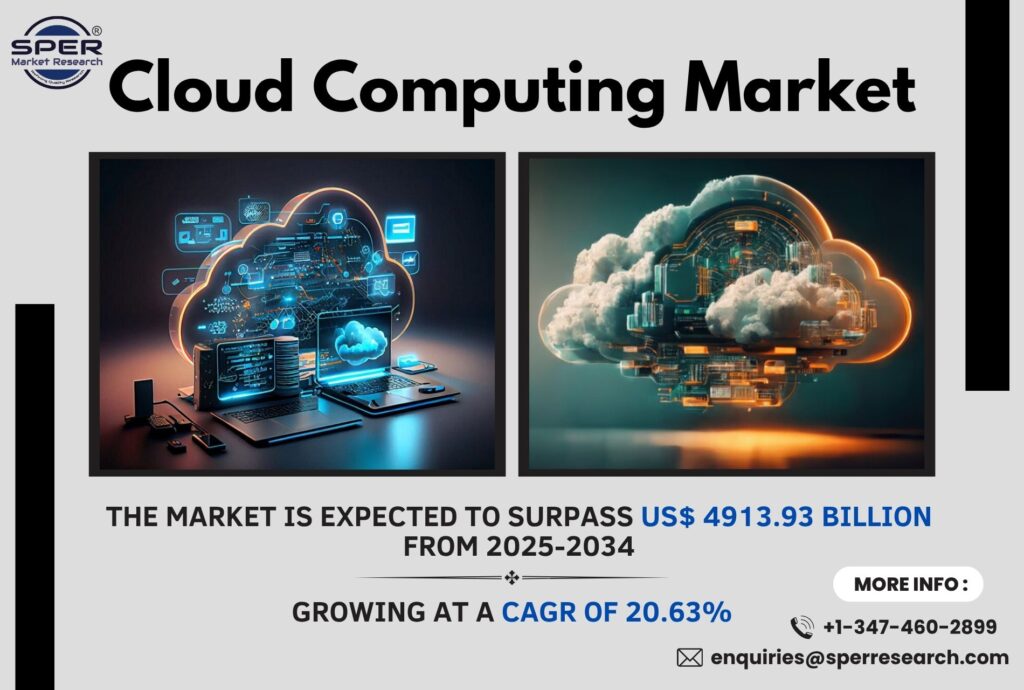Construction robots are automated machines designed to carry out tasks traditionally performed by humans on construction sites, improving efficiency, accuracy, and safety. They are applied in various activities, such as material handling, bricklaying, demolition, 3D printing of building components, painting, welding, and site surveying. By reducing reliance on manual labor, these robots lower costs, minimize workplace injuries, and speed up project timelines. With advancements in artificial intelligence, machine learning, and sensors, construction robots can navigate complex environments, adapt to changing conditions, and perform repetitive or hazardous tasks with high precision, making them essential for modern automated construction.
According to SPER market research, ‘Global Construction Robots Market Size- By Function, By Type, By End Use – Regional Outlook, Competitive Strategies and Segment Forecast to 2034’ state that the Global Construction Robots Market is predicted to reach 7352.19 Million by 2034 with a CAGR 18.27%.
Drivers:
The growth of the construction robotics market is driven by factors such as lower labor costs, improved safety, and rapid urbanization and industrialization. Labor shortages, caused by an aging workforce and declining interest in trade jobs, are encouraging companies to adopt robots for repetitive and hazardous tasks, boosting efficiency and protecting workers. Rising demand for advanced infrastructure, faster project completion, and reduced resource wastage further support adoption. Advances in AI and robotics allow machines to perform complex tasks with precision, adapt to real-time site conditions, and optimize resources. Innovative solutions, including 3D printing robots with customizable software, enhance efficiency, safety, and cost-effectiveness, accelerating the integration of robotics into modern construction practices.
Request a Free Sample Report https://www.sperresearch.com/report-store/construction-robots-market?sample=1
Restraints:
The construction robotics market faces several challenges despite its strong growth potential. High development and implementation costs make advanced robotic systems expensive, limiting adoption, especially among smaller firms. Ensuring seamless integration across different equipment, platforms, and construction sites is complex and often requires frequent software updates. Cybersecurity is another concern, as connected robots can be vulnerable to hacks or data breaches. Additionally, the industry’s conservative approach, coupled with a shortage of skilled personnel to operate and maintain these systems, slows adoption. Evolving regulations and the continuous need for technological innovation further add to the hurdles for widespread use of construction robots.
The North American construction robots market is rapidly growing, driven by automation adoption, labor shortage solutions, and large infrastructure investments. Supportive government initiatives and funding for smart construction technologies further boost demand, positioning the region as a hub for innovation in efficient and safe construction automation. Some significant market players are ABB, Advanced Construction Robotics, Inc., Autonomous Solutions, Inc., Brokk Global, Conjet, Ekso Bionics, FBR Ltd.
For More Information, refer to below link: –
Construction Robots Market Growth
Related Reports:
Follow Us –
LinkedIn | Instagram | Facebook | Twitter
Contact Us:
Sara Lopes, Business Consultant — USA
SPER Market Research
enquiries@sperresearch.com
+1–347–460–2899









